Fragrances… they are in absolutely everything
Body lotion, deodorant, washing powder, shampoos, sunscreen, hairspray, even lipstick. At first glance, this might not seem like a big deal. A pleasant smell enhances the experience of using a product, right? So, what is the problem with fragrances?
As many consumers have come to realise, just because a product smells good, does not mean it is necessarily safe. That is why there is a huge consumer movement in the personal care and fragrance industry to push for natural fragrances.
The skin is the largest organ in the body, and over 60% of what you put on it is absorbed into your bloodstream, other organs and cells. Do not be fooled into thinking that what you spray or use on your skin will not have an impact on your overall health.
But we first & foremost must understand that all fragrances, whether they are man-made or natural, are all chemicals. A natural fragrance does not necessarily always mean the safer option for you. Some people can be allergic to natural fragrances so it is always wise to read & understand labels on your products & what you personally may react to.

Natural Fragrance vs Synthetic
Natural fragrances
Natural fragrances contain ingredients only from a natural origin which is typically a mixture of essential oils and botanical extracts. Derived from natural materials, such as plants, flowers, fruits, and spices.
Synthetic Fragrances
Created in laboratories using chemical compounds that may mimic natural scents or create entirely new fragrances. Synthetic fragrances are not necessarily all bad, but research in recent years has linked these to parabens and phthalates.
Even brands that claim to use essential oils or natural scent often contain synthetic fragrance. The only way to know for sure is to look for the word “fragrance” on the ingredient list as that indicates that synthetic fragrance was used.

The word “fragrance” on packaging can be used to hide up 3,000 chemicals in beauty products
The FDA and TGA regulate that all beauty and personal care products list their ingredients on the back of the package. While this is a good step to ensure you know what you are putting on your body, sometimes those ingredient labels can be confusing and not completely transparent. The word “fragrance” has been protected in the industry for many years as a trade secret, meaning that companies do not have to disclose all the raw materials that make up a fragrance. They can instead list “fragrance” or “parfum” as an umbrella overarching term.
What is in synthetic fragrances?
Typically, a conventional perfume fragrance formula may include 20-200 different fragrant materials to make up the aroma, plus the base ingredient and any other additives that might be included (such as UV filters, colours etc.) They can either be original aromas that do not exist in nature or may be created to be nature identical.
Synthetic aromas are known to have many side effects on health such as common allergies like asthma, hives, dermatitis and wheezing, to hormone disruption, metabolic disease and thyroid problems.

Phthalates
Phthalates are liquid plastics and perform a few functions in synthetic perfumes. They can be included as part of a preservative system and can be used to extend the fragrance, so it lasts longer on the skin. Phthalates are very strong endocrine disruptors and have been linked to causing several wide-ranging health issues including reproductive problems, developmental issues in children, and increased risk of certain diseases.
Parabens
Parabens are a group of synthetic compounds commonly used as preservatives in cosmetics, personal care products, and some food items. They help prevent the growth of bacteria, mold, and yeast, extending the shelf life of products.
Parabens have been the subject of controversy due to concerns about their potential effects on human health. Some studies suggest that parabens can mimic estrogen in the body, leading to worries about hormonal disruptions and links to breast cancer. However, regulatory agencies like the FDA and the European Commission have deemed low levels of parabens in cosmetics to be safe.
With perfume for example, it is important to note that most commercial fragrances will only list around 50% of the total ingredients on their labels due to loopholes in the labelling laws. So, if you read a label and it sounds like a list of chemicals you would rather not be exposed to, either contact the company to find out exactly what is in that bottle or look for a new fragrance that will not potentially have negative consequences for your health.
With natural perfume, the ingredient list is simple: a combination of natural extracts for scent, natural alcohol or plant oil, water, possibly a natural antioxidant to maintain shelf life, and occasionally vegetable glycerin.
Is Natural Always Natural?
Here are some tips on what to look for, and how to avoid the use of synthetic fragrance ingredients when choosing a natural product:
- Read the ingredient label, not just the packaging or the booklet. Most of what you see there is simply marketing. The manufacturers know what you are looking for, so they put the buzzwords like ‘natural’ and ‘organic’ or ‘paraben free’ right where you are bound to see them.
- Get in touch with the company. Most natural product companies are more than happy to give you extra information and answer any of your questions. You can ask them how their ingredients are derived, which countries they source from or if there is anything not included on the ingredient label.
- Do not fall for marketing hype. Just because a product has a beautiful photo of a rose on it, does not mean it contains natural rose extract. Do your research on products listed on packaging.
Ingredients in AMPERNA products
The synthetic ingredients we leave out of AMPERNA® products include sulphates, parabens, petrochemicals, vinyl's and synthetic fragrance.
Why? Because we are concerned about the risk of their potential health effects and our focus is on using gentle ingredients for the most sensitive skin.
AMPERNA® founder Kiri personally experienced skin flare-ups when using products that contained these ingredients and knows first-hand how irritating they can be to some skin types.
If you would like to find out more information on the ingredients used in AMPERNA® products, Kiri is here to help. She offers skin coaching calls you can find on the website.
References


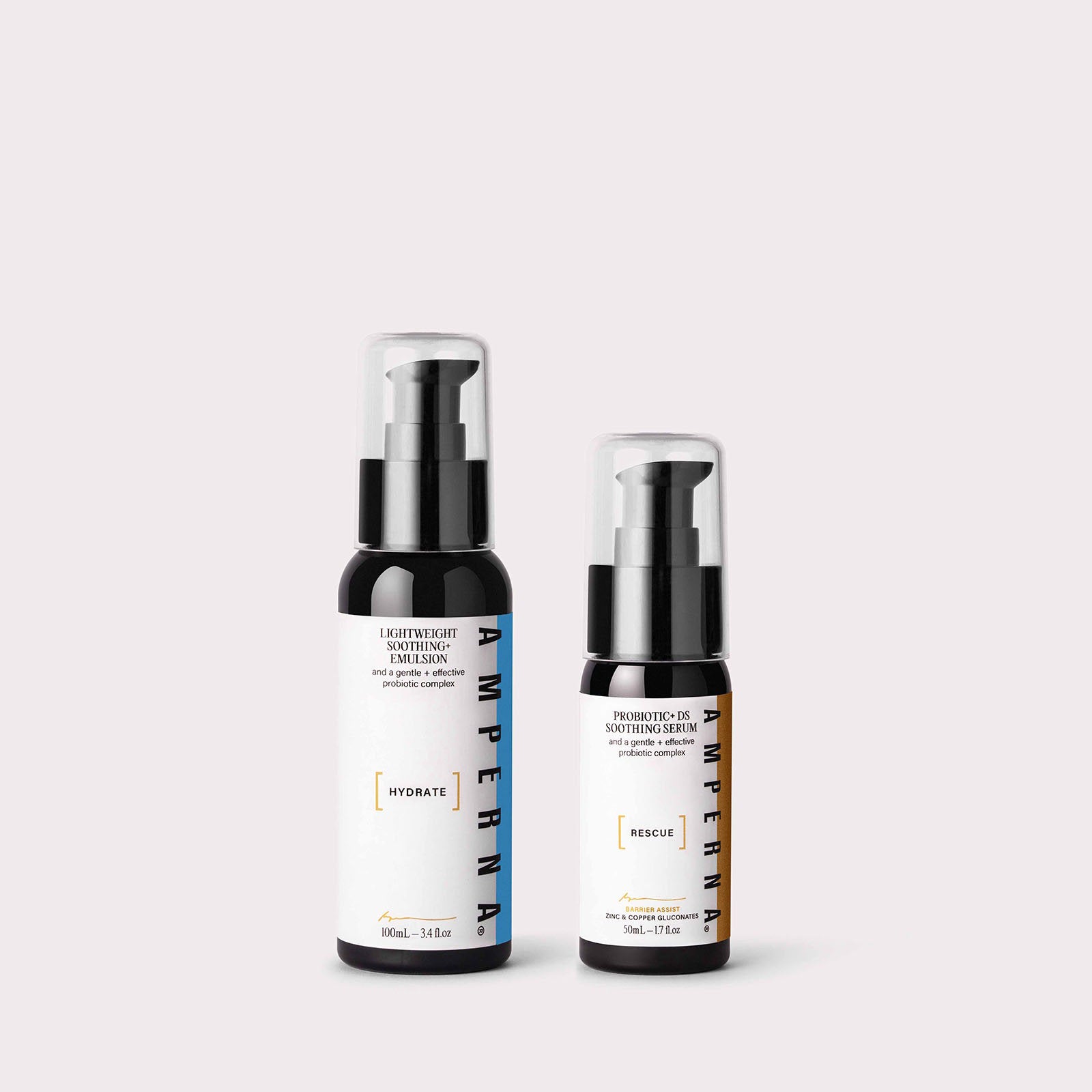
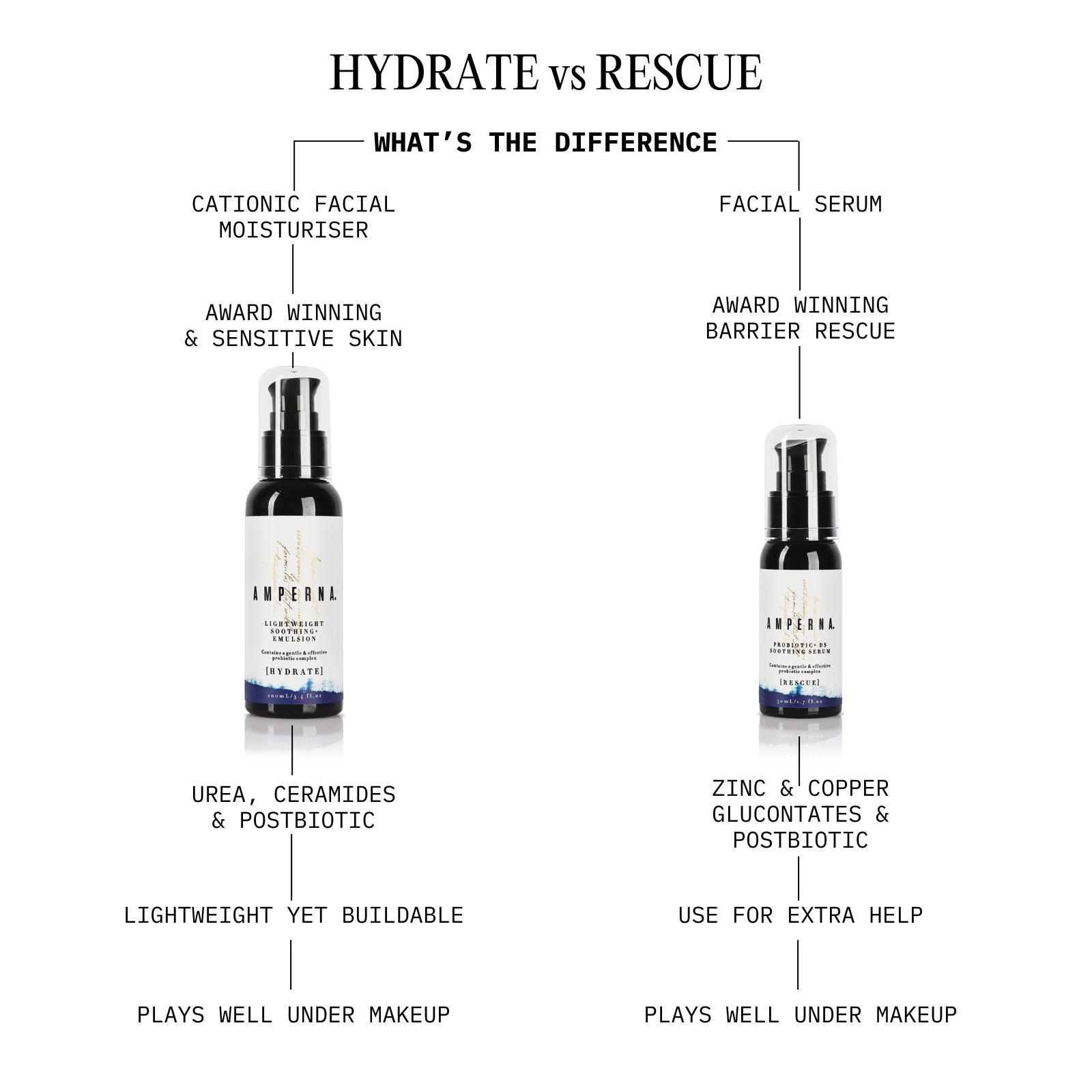
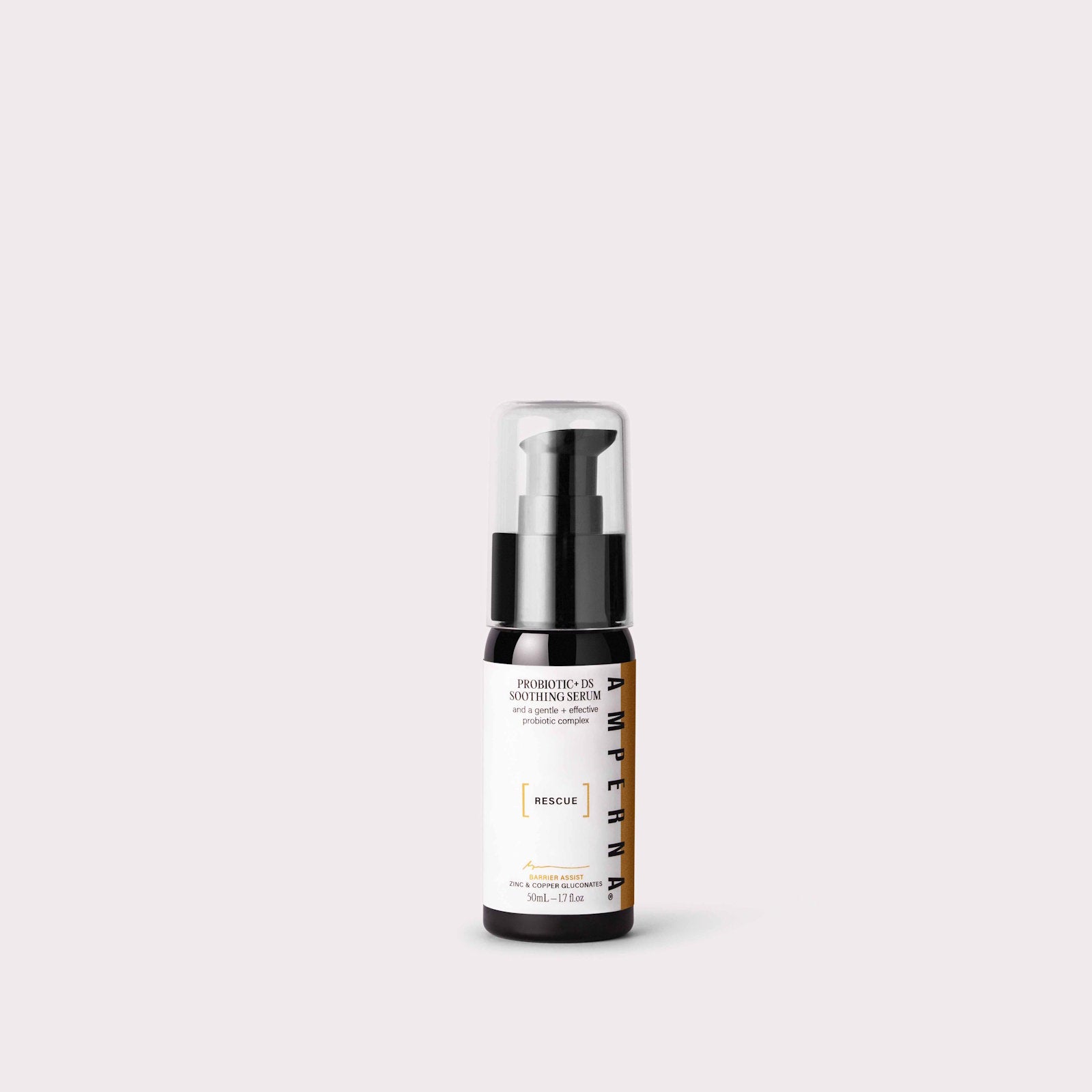



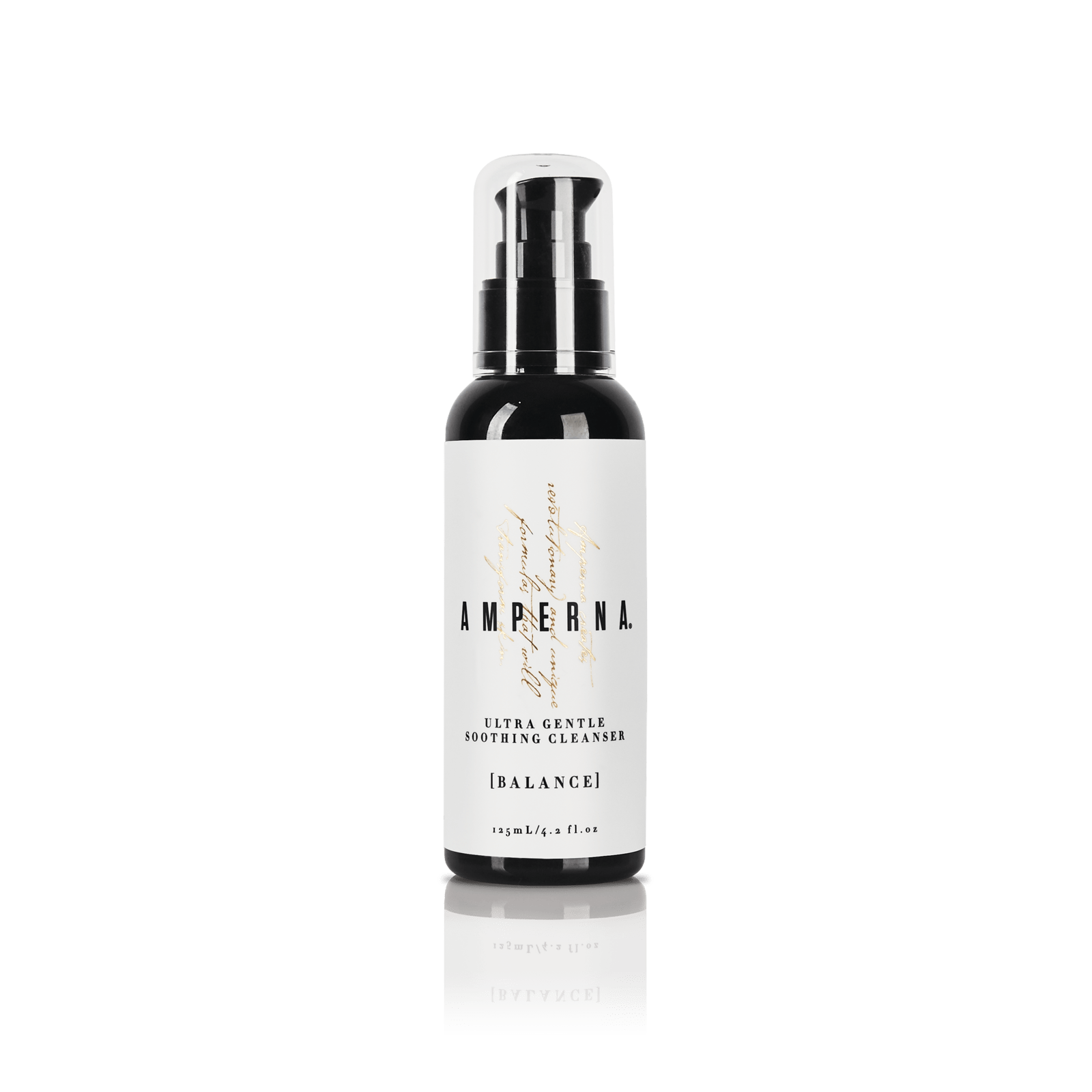
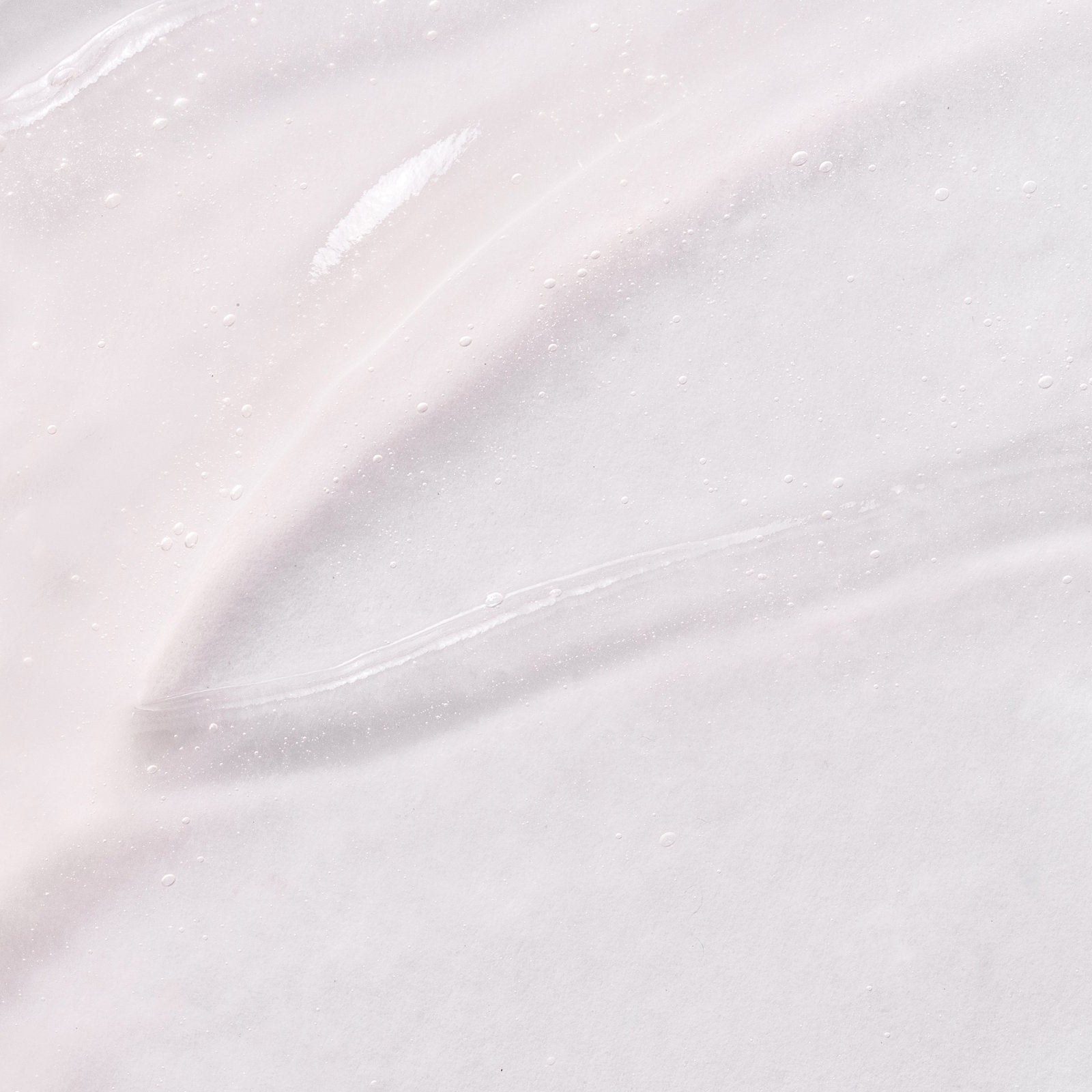



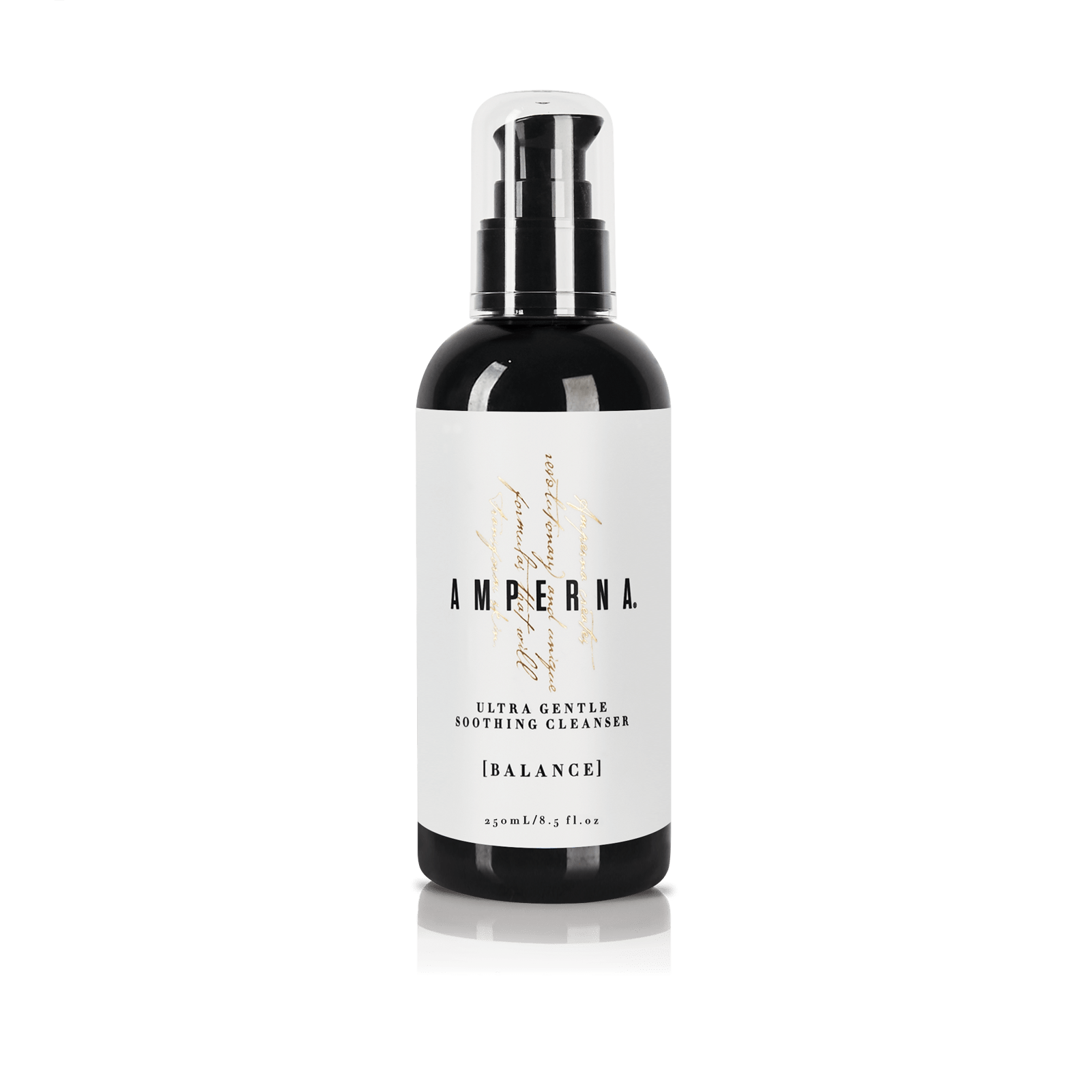

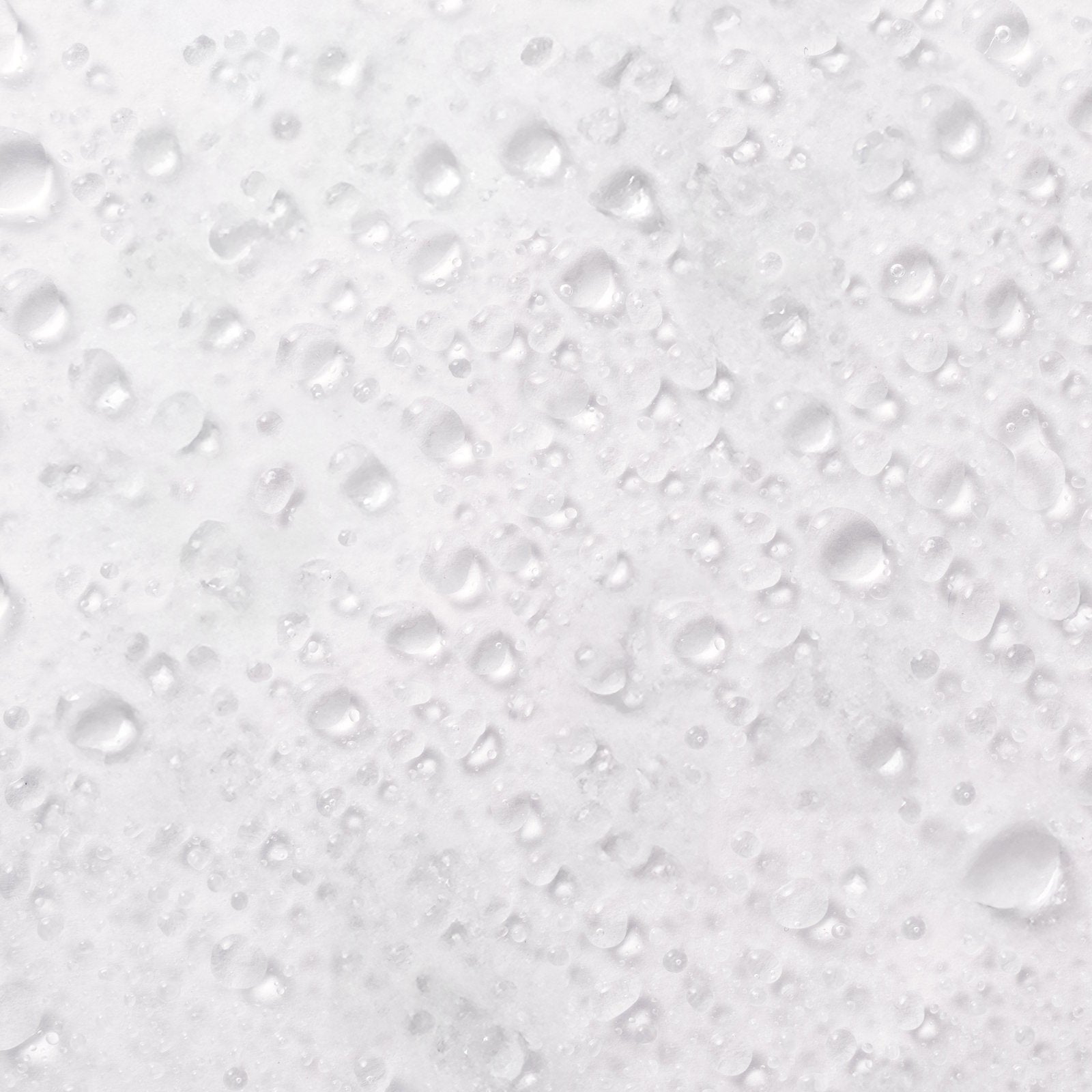

![Introducing AMPERNA® [DERMACARE] Haircare: For Scalp Comfort and Strong Hair](http://amperna.com/cdn/shop/articles/42_efd53385-7cf9-4b45-8e54-982415ee8fbc.jpg?crop=center&height=720&v=1761871871&width=1200)
